Crew 202 Operations Report 09-JAN-2019
SOL: 11
Name of person filing report: Kasey Hilton
Non-nominal systems: Hab ceiling leak; Suit #7 battery
Notes on non-nominal systems: The Hab ceiling is leaking over the couch area this morning but stopped in the afternoon, most likely due to the extra moisture from the melting snow; The battery in suit #7 was very low after the EVA and the fans were barely blowing; The suit is going to charge overnight and I will check the battery voltage again in the morning
Generator (hours run): 17hr 3min; Turned on last night (08Jan2019) at 16:33; Turned off this morning (09Jan2019) at 9:36; Turned on tonight (09Jan2019) at 15:15
Solar SOC – Turned on (08Jan2019) 80%; Turned off (09Jan2019) 100%; Turned on (09Jan2019) 82%
Diesel Reading – 70%
Propane Reading – 37%
Ethanol Free Gasoline – Not in use
Water (auxiliary tank) – Not in use
Water (static tank) – About 50%; 270 gallons
Auxiliary to Static tank transfer – No
Gallons transferred: Not applicable
Water in GreenHab – About 60%; 178 gallons
Water (loft) – At level marker 12
Static to Loft Pump used – Yes; At 18:28 to refill the tank
Water Meter: 01399232
Toilet tank emptied: No
Deimos rover used: No, still not functional
Hours: Not applicable
Beginning charge: Not applicable
Ending charge: Not applicable
Currently charging: Not applicable
Sojourner rover used: ASSIGNED TO DIRECTOR
Hours: Not applicable
Beginning charge: Not applicable
Ending charge: Not applicable
Currently charging: Not applicable
Spirit rover used: Yes
Hours: 66.8
Beginning charge: 100%
Ending charge: 26%
Currently charging: Yes
Opportunity rover used: No, brakes are still not working correctly
Hours: 45.6
Beginning charge: 100%
Ending charge: 100%
Currently charging: Yes
Curiosity rover used: Yes
Hours: 68.7
Beginning charge: 100%
Ending charge: 45%
Currently charging: Yes
Notes on rovers: Brake fluid in Opportunity was replaced but the brakes are still not functioning properly
ATV’s Used: None (Honda, 300, 350.1, 350.2, 350.3)
Reason for use: None
Oil Added? No
ATV Fuel Used: None
# Hours the ATVs were Used today: None
Notes on ATVs: Nothing to report
HabCar used and why, where? Not used
CrewCar used and why, where? Off-site
General notes and comments: Nothing to report
Summary of internet: Nothing to report
Summary of suits and radios: Battery in suit #7 was very low by the end of the EVA as mentioned above in “Non-nominal systems”; Suit will be charged overnight and battery voltage will be checked again in the morning
Summary of Hab operations: Hab ceiling leaking in one spot in the corner as mentioned above in “Non-nominal systems”
Summary of GreenHab operations: Nothing to report
Summary of ScienceDome operations: Hot plate was cleaned and will be tested tomorrow to see if the odor continues
Summary of RAMM operations: Nothing to report
Summary of any observatory issues: Nothing to report
Summary of health and safety issues: Nothing to report
Questions, concerns, and requests to Mission Support: Nothing to report


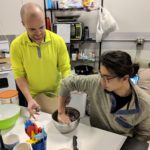

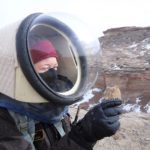
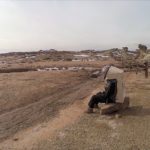
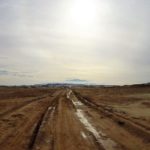
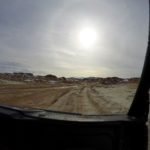

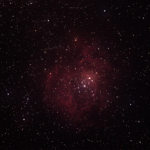
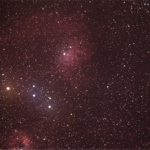
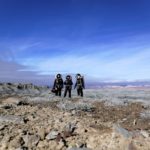
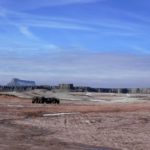
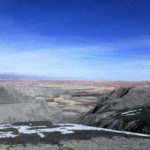
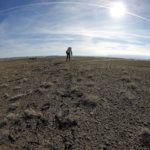
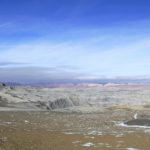
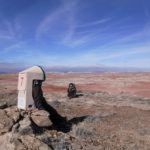
You must be logged in to post a comment.